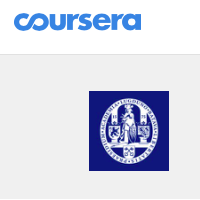Wk1-10 Batchelor - coming to mindfulness
Well I got involved in mindfulness through my interest in Buddhism. In the early 1970s when I was about 19 years old, I went to India. I became a Tibetan Buddhist monk and became deeply involved in the study and practice of Tibetan Buddhism. And during that period, for reasons I am not entirely clear about even now, the Dalai Lama arranged for a Burmese-Indian Vipassana teacher called Goenka to run a ten day Vipassana program at The Library of Tibetan Works and Archives in Dharamsala. And this was for young Tibetan monks and for Western Buddhist students who were in Dharamsala at the time. So I was curious about this other form of Buddhism about which I really knew nothing, and participated in this retreat. And effectively, the retreat, although it's called Vipassana, is essentially the practice of mindfulness. And it's done in a fairly rigorous setting in silence with quite a strict schedule, three days just paying attention to the breath and then the next seven days scanning the body from head to toe, observing sensations in the body and the feelings associated with them which I believe is technique brought into MBS R2, I believe. So the experience was one that gave me a rather profound surprise. Namely, here I was a Buddhist monk, presumably someone who knows something about meditation and yet I was being told, a form of practice that I had never come across with the Tibetans, and one that was remarkably effective on a personal level. In other words for the first time in my, by then three or four years involved with Buddhism, I experienced a quality of mind of stillness, of presence, of attention that was not focused upon a mantra or a mandala or something I had introduced into the meditation but was simply a very primary sense of my own body, my own feelings, my own thoughts, my own sensations. And this was something that had been refined, in this ten-day retreat, to a much higher degree of precision and of vividness than I'd ever known before. And through that retreat, I really discovered mindfulness. And it subsequently became, and has remained until today, the foundation or the ground for everything I do that I call meditation. So that's basically my own story with that. I could go on and on, but I think that's the basic introduction.

